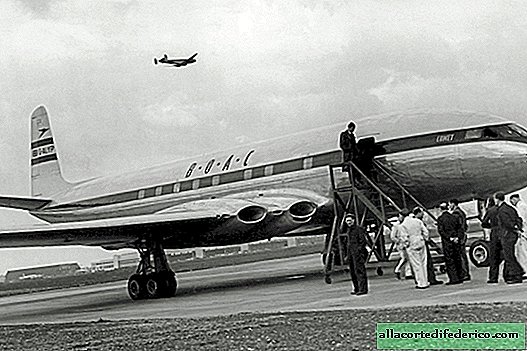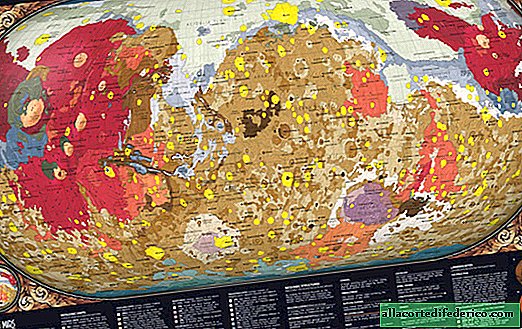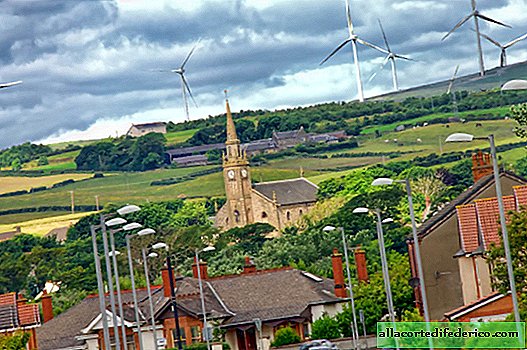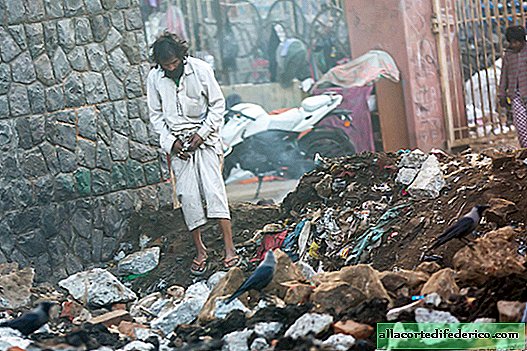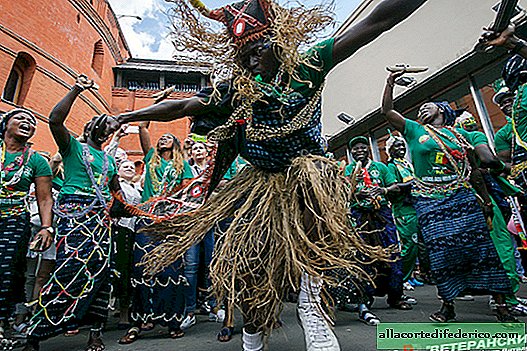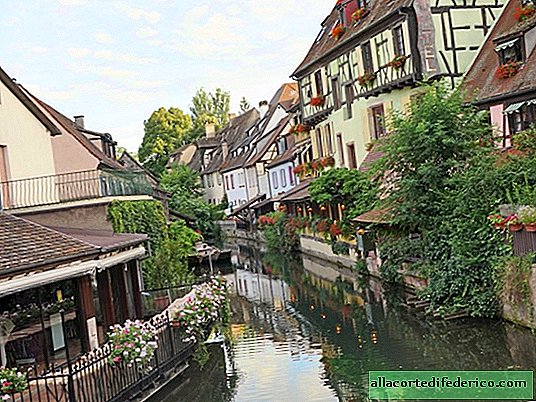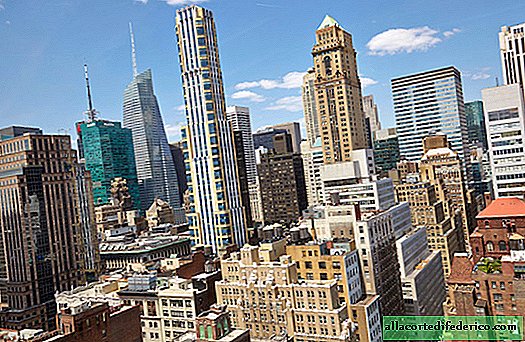Kaunas forts - the worst place in Lithuania
Few know that Lithuanian Kaunas is a real fortified city, surrounded by several defense lines and more than 10 powerful forts built by the Russian army from 1879 to 1915 to defend against Germany. This masterpiece of fortifications could become a serious center of tourism, if not for the gloomy detail of its history: during the war, the Germans turned part of the forts into places of massacres of Jews and Poles from June to July 1941. More than 50 thousand people were killed in the seventh and ninth forts of Kaunas alone. The killings were accompanied by absolutely wild sadism with gouging eyes, cutting off limbs, cutting out unborn children from the stomachs of pregnant women. Actually, I’m saying that it’s difficult to perceive these fortresses exclusively as a monument of military architecture, the aura is very gloomy and rotten here. From the side there is an absolutely pastoral landscape of sleeping areas and green grass.
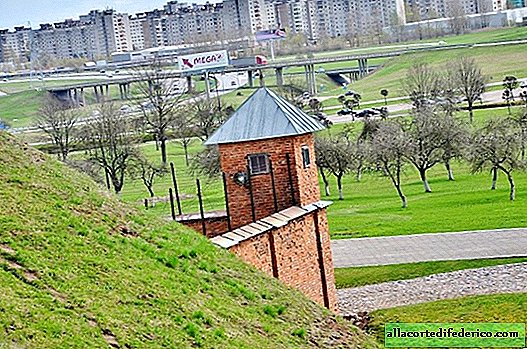
The Germans actively encouraged the local population to participate in robberies and killings, therefore, immediately after the capture of Kaunas on June 23, 1941, ethnic cleansing began, which was carried out by the Lithuanian partisans, who had previously been actively involved in the struggle against the Soviet regime. In the first week, more than 3,000 Jews and Poles were killed by Lithuanian "partisans" in the Kaunas quarter of Vilijampole, north of the old city behind the bridge. It is also striking that the Germans maintained formal neutrality and even organized the resettlement of local Jews in the ghetto in order to ... protect them from the Lithuanians. It should be noted that amid the active participation of local residents in the genocide, it is Lithuania that occupies one of the first places in Europe in the number of people who saved Jews and Poles. Hundreds of Lithuanians, risking their own lives, hid Jews in their homes, or removed them from the city and handed them over to Soviet partisans.
Of course, the ghetto was not a salvation, and all the prisoners of the ghetto, previously used as labor, were killed in 1943. Thousands of people were driven from the Kaunas ghetto to 7 and 9 forts, and here they drove them into a ditch and shot them.

The ninth fort under the Germans was used as a prison, but was crowded. In the fall of 1943, the bodies of victims began to be covered with lime and then burned to destroy evidence of mass killings. To do this, at first it was necessary to unearth the mass graves and get out the decomposed corpses - about 12 thousand people. The direct implementation of the operation forced 34 prisoners trying to escape from the Kaunas ghetto, as well as 26 Soviet prisoners of war and four Russian women to be engaged.
Prisoners of the ninth fort were under strict guard and were kept in chains after finishing work. Nevertheless, on December 24, 1943, approximately 60 prisoners managed to escape. The escape was organized by the captain of the Soviet Army Veselnitsky, who was one of the prisoners of the ninth fort. Some of them managed to get out of the city, where they joined the partisans. Thus, Nazi atrocities in the ninth fort became known a year before the end of the war.



Massive stoves, you guessed it, no one drowned for the prisoners. People froze in the cells from the cold, got sick with tuberculosis, died of hard work, poor sanitation and lack of food. In simple words, the forts were no longer left alive.



In late 1943 - early 1944, it became apparent that the days of Nazi Germany were numbered. The Allies launched air strikes against Königsberg, Klaipeda (Memel), Kaunas and many other cities under German occupation. Dug corpses were dragged along these corridors to another part of the forts for burning, they were afraid that if this was done in the open, they would be able to photograph what was happening from reconnaissance aircraft.


And this is the seventh Kaunas fort, located in the city limits. If the ninth fort was turned into a museum of genocide and massacres, then a museum of military history and fortifications was created here. The museum is headed by historian and local historian Vladimir Orlov, whom I thank for the tour and a lot of interesting information about Kaunas fortifications. The object has been perfectly preserved, restoration work is being actively promoted, and visiting here is very interesting.

Like all other Kaunas forts, the seventh one was never used for its intended purpose either. The Germans took it to World War I almost without a fight, and the same Germans again entered World War II into a city abandoned by Soviet troops. In the forts there were prisons in peacetime, and during the war years there were places of mass killings of civilians.


The killings were carried out here in the interior of the seventh fort. People were driven in batches, several hundred in each group, and then shot from machine guns located around the perimeter. Then the bodies were “carved" here, well, in the sense they removed any suitable clothes and shoes from them.

Then the corpses were dragged out along this path and buried near the fort. Later, as in the case of Fort 9, the bodies were again dug up and this time burned.

Powerful fortifications are impressive.

In the post-war period, a military unit was located in the seventh fort.


As I understand it, this atypical concrete dugout was built by the Germans.

There is an excellent military museum inside the fort, where you can hold weapons in your own hands and even click shutters. Local youth, keen on military history, actively take selfies with Soviet and German assault rifles during the war.

Kaunas forts is a gloomy, but at the same time interesting historical site, which I highly recommend visiting if you are not easily entered in Kaunas. As for the town as such, it is very interesting. Time seemed to stop there, and as if by a time machine, you will be transported to the past.

